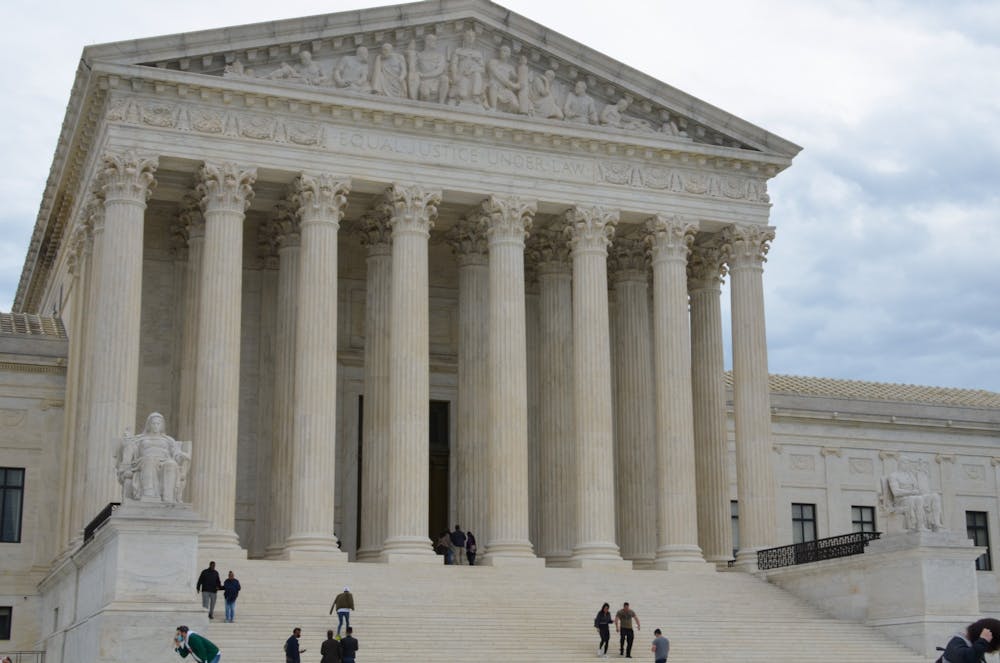The United States Supreme Court ruled Monday that mail-in ballots in Pennsylvania would be counted even if received up to three days after Election Day on Nov. 3, a blow to the state's Republican Party.
The case was brought to the Supreme Court when Pennsylvania Republicans challenged the Pennsylvania State Supreme Court's ruling that mail-in ballots should be counted if they are received within three days of Election Day. Republicans argued that it is up to the state legislature to set election rules and that this ruling would allow for ballots cast after Nov. 3 to be counted.
The decision was hailed as a victory for Democrats because Pennsylvania Democratic registered voters are requesting mail-in ballots nearly three times as much as Republican voters.
Pennsylvania’s Democratic Attorney General, Josh Shapiro celebrated the ruling “because the voters here in Pennsylvania deserve clarity and confidence in an election that's already underway.”
But Democrats fear that if President Donald Trump's Supreme Court nominee Amy Coney Barrett is confirmed, the 6-3 conservative majority would easily rule the opposite in a future case, potentially subjecting statewide election activities to federal oversight.
The Supreme Court was equally divided in the ruling, with four judges dissenting. Chief Justice John Roberts sided with the three liberal judges.
As of Oct. 12, more than 2.6 million Pennsylvanians had requested a mail-in ballot, a voting method that has increased in popularity due to the COVID-19 pandemic. Pennsylvania and Wisconsin are the only two swing states where elections officials must wait until Election Day to begin counting mail-in ballots, which may delay results.
The memory of the 2016 presidential election also looms large for Pennsylvania’s state Democratic Party. In 2016, Donald Trump won the state by just over 44,000 votes in a state where more than 6 million had voted. Biden currently leads Trump by more than six points in statewide polls, according to FiveThirtyEight.
RELATED:
Pennsylvania will allow mail-in ballots this election. Here's all you need to know.
Voter turnout decreases by nearly 50% in this year's student government election
As for Penn students planning to vote in Pennsylvania using mail-in ballots, the ruling provides some assurance that their vote will be counted even if received after Election Day.









